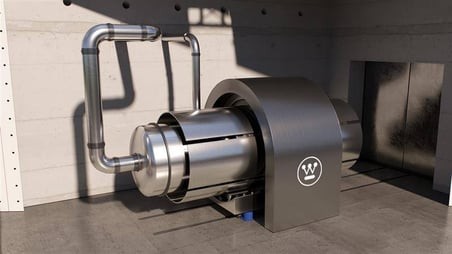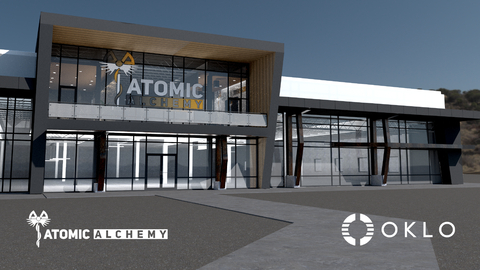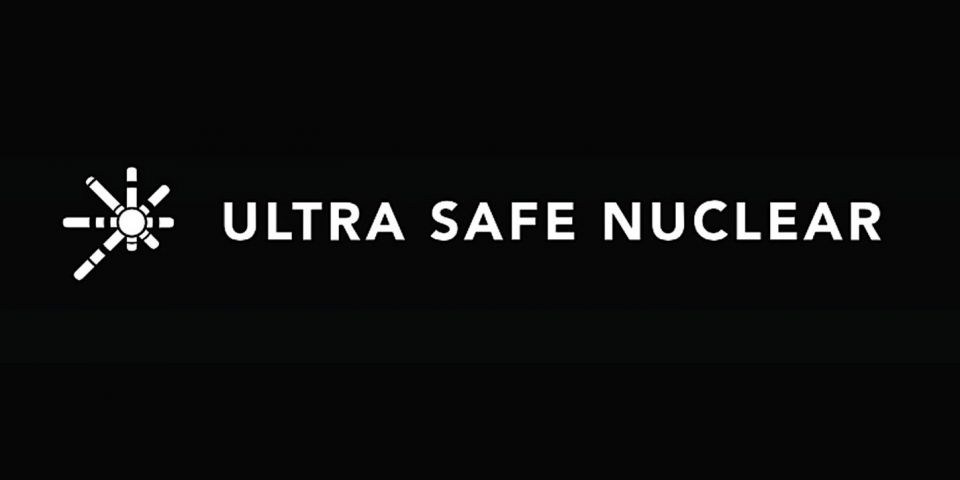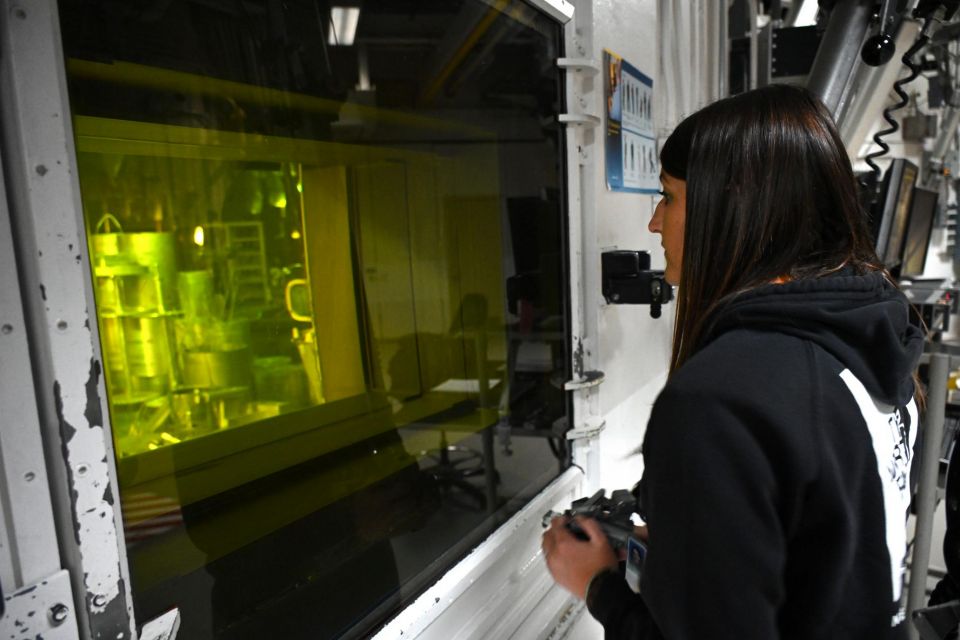The most prominent of Delbert’s 2021 articles was a major feature on micro and small modular reactors that made the front cover of Popular Mechanics’ January/February 2021 print issue. The story featured interviews with then U.S. assistant secretary for nuclear energy (“NE-1”) Rita Baranwal; future acting NE-1 Katy Huff; and a number of U.S. nuclear developers, including NuScale, Oklo, Ultra Safe Nuclear Corporation, and Westinghouse.
Delbert’s published work explains nuclear technology concepts and developments in clear language to the general public. She avoids unnecessary jargon and pairs her writing with great visuals (photos, renderings) to showcase reactor technologies and designs. Following the announcement of the award in October, Nuclear News reached out to Delbert to ask a few questions about her work and her interest in nuclear science and technology.
Why did you start to write about nuclear science and technology?
Two years ago, I pitched a web feature story to Popular Mechanics about the history of web design. After that, as an amazing coincidence, they were looking to replace a daily news writer who had moved on. I asked to try out for the job, and they threw a huge variety of hard science topics at me that first week to see if I had the right stuff.
So is that when you first started writing about nuclear?
Yes, I only started covering emerging nuclear technology during my time at Popular Mechanics. It’s been really (truly!) fun to learn about the technology and have the opportunity to help break it down into digestible amounts for our readers.
How do you get story ideas? Are they assigned by an editor, or do you come up with them yourself?
My stories are assigned by my great editor, and we also sometimes pick up ideas from laboratory or press release mailings. There are some big evergreen topics, like whatever is the latest thing happening at ITER. I’m also really interested in speculating, like what if we build reactors on the moon? What’s the longest a reactor could last? So I suggest things like that sometimes.
How do you take complex subjects and make them readable for laypersons?
To me, this often means simplifying how I describe what’s going on. Like, fundamentally, is something being heated or cooled? Is something expanding or contracting? Is it moving really quickly or slowly? What analogies can I bring in to help people understand on their own terms? My job before Popular Mechanics involved writing licensed books for clients like the Smithsonian, and their educational materials (try howthingsfly.si.edu for my favorite example!) inspired me in my own work.
How deep of a dive do you take with scientists and engineers when talking about their projects? Do you go more for a bird’s-eye view, or do you like to dig into the minutiae?
Sometimes I want a quick comment for a daily story, and I make that clear up front so it’s as easy as possible to schedule and be quick. Other times, I ask for up to an hour and just let the scientists talk. One of my favorite conversations was with Ken Canavan of Westinghouse, who is brilliant and has so much experience with all the types of nuclear energy. He makes things really easy to understand and also loves analogies. Talking with him, I felt that sense of wonder that makes me love my job.
What advice would you give for communicating with scientists and researchers, as far as getting them to talk about what’s new?
Most researchers love the idea of talking about their work, especially in the energy sector, where so many of them are working on really practical things that can improve our lives. One question I always ask is what they’ve found surprising during their projects. The scientific method is so clear and helpful, but there are always surprises.










